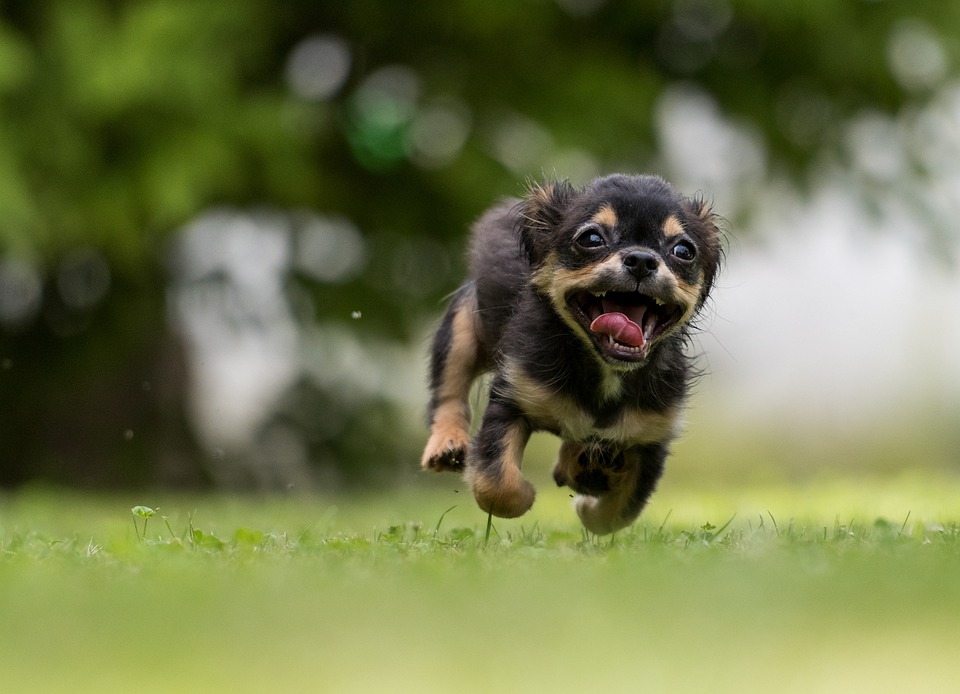Long-haired dogs, with their beautiful flowing coats, require regular grooming to maintain their health and appearance. Establishing a consistent grooming routine not only enhances your dog’s well-being but also helps to prevent matting, skin issues, and other health concerns. In this article, we will provide you with a step-by-step guide on how to establish a regular grooming routine for your beloved long-haired canine companion. Additionally, we will address some frequently asked questions to ensure you have all the necessary information to keep your furry friend looking and feeling their best.
Understanding the Importance of Regular Grooming
Maintaining coat health and preventing matting: Regular grooming helps to prevent mats and tangles in your dog’s fur. Mats can be painful and lead to skin issues and infections if not properly addressed.
Promoting good skin health and identifying potential issues: Grooming allows you to inspect your dog’s skin for any abnormalities, such as rashes, dryness, or hot spots. Regular grooming can help you catch any potential issues early on and seek appropriate veterinary care.
Reducing shedding and keeping your home cleaner: Long-haired dogs tend to shed more, and regular grooming can help minimize shedding by removing loose hair before it falls out around your home.
Bonding and strengthening the relationship with your dog: Grooming provides an excellent opportunity for bonding with your dog. Regular handling and positive reinforcement during grooming sessions can strengthen your relationship and build trust.
Essential Grooming Tools for Long-Haired Dogs
To establish a regular grooming routine, you will need the following tools:
Slicker brush: This type of brush is excellent for tackling tangles and removing loose hair from your dog’s coat.
Comb with wide and narrow teeth: A comb with both wide and narrow teeth is essential for ensuring thorough detangling and removing any remaining mats.
Grooming scissors: Good quality grooming scissors are necessary for trimming and maintaining coat length.
Electric clippers: Electric clippers can be useful for specific areas, such as paws and sanitary areas, where trimming with scissors may be difficult.
Detangling spray: A detangling spray can be used to ease the brushing process and minimize discomfort for your dog.
Styptic powder: This powder is essential for stopping minor bleeding from accidental nicks that may occur during grooming.
Step-by-Step Guide to Establishing a Grooming Routine
Brushing and combing: Start by preparing your dog and the grooming area. Use a slicker brush to remove loose hair, then gradually work through tangles using a comb with narrow teeth. Finish by combing through the coat with wide teeth, ensuring thoroughness. Use detangling spray when encountering stubborn tangles.
Bathing: Before bathing, brush your dog to remove loose hair and tangles. Use lukewarm water and a gentle dog shampoo. Rinse thoroughly, ensuring no shampoo residue remains. Towel dry your dog or use a low heat setting on a pet dryer.
Trimming and shaping the coat: Identify areas that need trimming, such as paws, ears, and tail. Use grooming scissors to carefully trim the desired areas, paying attention to maintaining a balanced appearance. Consider professional grooming for intricate styles or difficult areas.
Cleaning ears, eyes, and teeth: Gently clean your dog’s ears using a dog-specific ear cleaner and cotton ball. Carefully wipe around the eyes with a damp cloth to remove any discharge. Establish a regular teeth-brushing routine with dog-friendly toothpaste and a brush. Schedule professional dental cleanings as recommended by your veterinarian.
Frequently Asked Questions (FAQs)
Q1. How often should I groom my long-haired dog?
The frequency of grooming depends on your dog’s specific coat and lifestyle. Generally, long-haired dogs should be groomed at least once a week to prevent matting and maintain a healthy coat.
Q2. Can I groom my long-haired dog at home, or should I seek professional help?
You can groom your long-haired dog at home if you have the right tools and knowledge. However, for intricate styles or difficult areas, professional grooming may be necessary.
Q3. Is it necessary to trim my dog’s hair, or can I let it grow naturally?
Trimming your dog’s hair is not always necessary, but it can help maintain a manageable length and prevent mats. Consult with a professional groomer or your veterinarian for advice on your specific dog’s coat.
Q4. How do I prevent my dog from getting anxious or stressed during grooming?
Introduce grooming slowly and make it a positive experience. Use gentle handling, positive reinforcement, and treats to create a calm and comfortable environment for your dog. Gradually increase the duration of grooming sessions over time.
Q5. What should I do if I encounter stubborn tangles or mats?
If you encounter stubborn tangles or mats, be patient and work through them slowly using a comb with narrow teeth. Use a detangling spray to help ease the process. If the tangle or mat is severe or causing discomfort, consider seeking professional help to avoid causing any pain or injury to your dog.
Conclusion
Establishing a regular grooming routine for your long-haired dog is vital for their overall health and well-being. By understanding the importance of grooming, equipping yourself with the right tools, and following our step-by-step guide, you can ensure your furry friend’s coat remains tangle-free, their skin stays healthy, and their appearance is always at its best. Remember to prioritize gentle handling and positive reinforcement to make grooming a positive experience for both you and your beloved dog.









